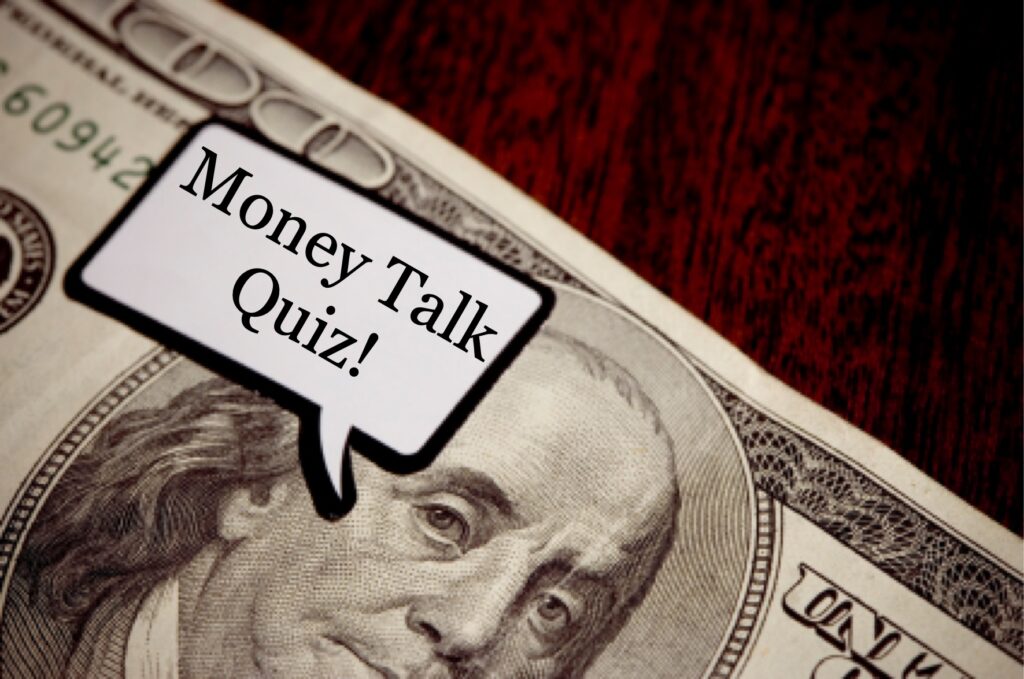
Each week in the Money Talk Podcast, Landaas & Company advisors offer insights for long-term investors. Try to answer the following questions, based on some of the recent Money Talk conversations.
1.
In the Jan. 3 Money Talk Podcast, Tom Pappenfus noted that recent history has not supported expectations of a January Effect lifting stocks in the new year. What did Tom cite as better indicators of market trends?
(Choose one.)
- The Santa Claus Rally
- Earnings and interest rates
- The Super Bowl indicator
- The inverted yield curve
(See answer below.)
2.
Art Rothschild noted in the Jan. 10 Money Talk Podcast that traders were taking good news on the economy as bad news for investors. As Art explained, what risks might traders fear from positive economic indicators?
(Choose one.)
- The economy could overheat, triggering a recession.
- Companies might get too complacent and neglect profit margins.
- The Federal Reserve might delay cutting interest rates.
- Further economic growth could devalue the U.S. dollar.
(See answer below.)
3.
In the Jan. 17 Money Talk Podcast, Steve Giles talked about how yield curves had been normalizing, with longer-term bonds paying higher returns than shorter-term bonds. As Steve explained, that normalizing suggested which of the following?
(Choose one.)
- Economic recession is near.
- The economy is healthy.
- It’s time to reduce bond holdings.
- It’s time to reduce stock holdings.
(See answer below.)
4.
Since U.S. bonds turned in their worst year on record in 2022, many investors have been skittish about bonds in their portfolios, as Dave Sandstrom explained in the Jan. 17 Money Talk Podcast. Suggesting that bonds may be settling in for more historic returns, what general advice did Dave share?
(Choose one.)
- Sell some of your bond holdings.
- Stock up on bonds.
- Abandon bonds.
- Be patient.
(See answer below.)
5.
In the Jan. 24 Money Talk Podcast, Adam Baley explained why investors generally should consider leaning more toward bonds as they rebalance portfolios. He said lately the yield on the 10-year Treasury has been greater than the earnings yield for stocks. What is the earnings yield?
(Choose one.)
- price-to-earnings ratio
- earnings-to-price ratio
- 20-year average forward P/E
- 10-year Treasury divided by P/E
(See answer below.)
Answers
1.
b) Earnings and interest rates
Learn more
- Why investments outperform their investors, a Money Talk Video with Kyle Tetting
- Valuing investments: Price-Earnings Ratio, a Money Talk Video with Dave Sandstrom
- Earnings yield: Valuing Stocks vs. Bonds, a Money Talk Video with Kyle Tetting
2.
c) The Federal Reserve might delay cutting interest rates.
Learn more
- The Fed: What investors should know, a Money Talk Video with Dave Sandstrom
- Federal Reserve issues FOMC statement, from the Federal Reserve Board
- Cautious optimism: A balancing act, by Kyle Tetting
3.
b) The economy is healthy
Learn more
- The data behind the fear of yield curve inversions, from the Federal Reserve Bank of St. Louis
Yield curve: The shape of interest rates, a 2014 Money Talk Video with Kyle Tetting - How interest rates are shaping up, a 2016 Money Talk Video with Kyle Tetting
Bond Yield and Return, from the Financial Industry Regulatory Authority
4.
d) Be patient.
Learn more
- Bonds’ place in portfolios gets clearer, by Kyle Tetting
- Investor upsides as interest rates rise, a Money Talk Video with Kendall Bauer and Kyle Tetting
Bonds also face investment risks, A Money Talk Video with Tom Pappenfus
5.
a) earnings-to-price ratio
Learn more
- Earnings yield: Valuing stocks vs. bonds, a Money Talk Video with Kyle Tetting
- Valuing Investments: Price-Earnings Ratio, a Money Talk Video with Dave Sandstrom
- When Should I …rebalance my portfolio?
- State of the balanced investor, a Money Talk Video with Adam Baley